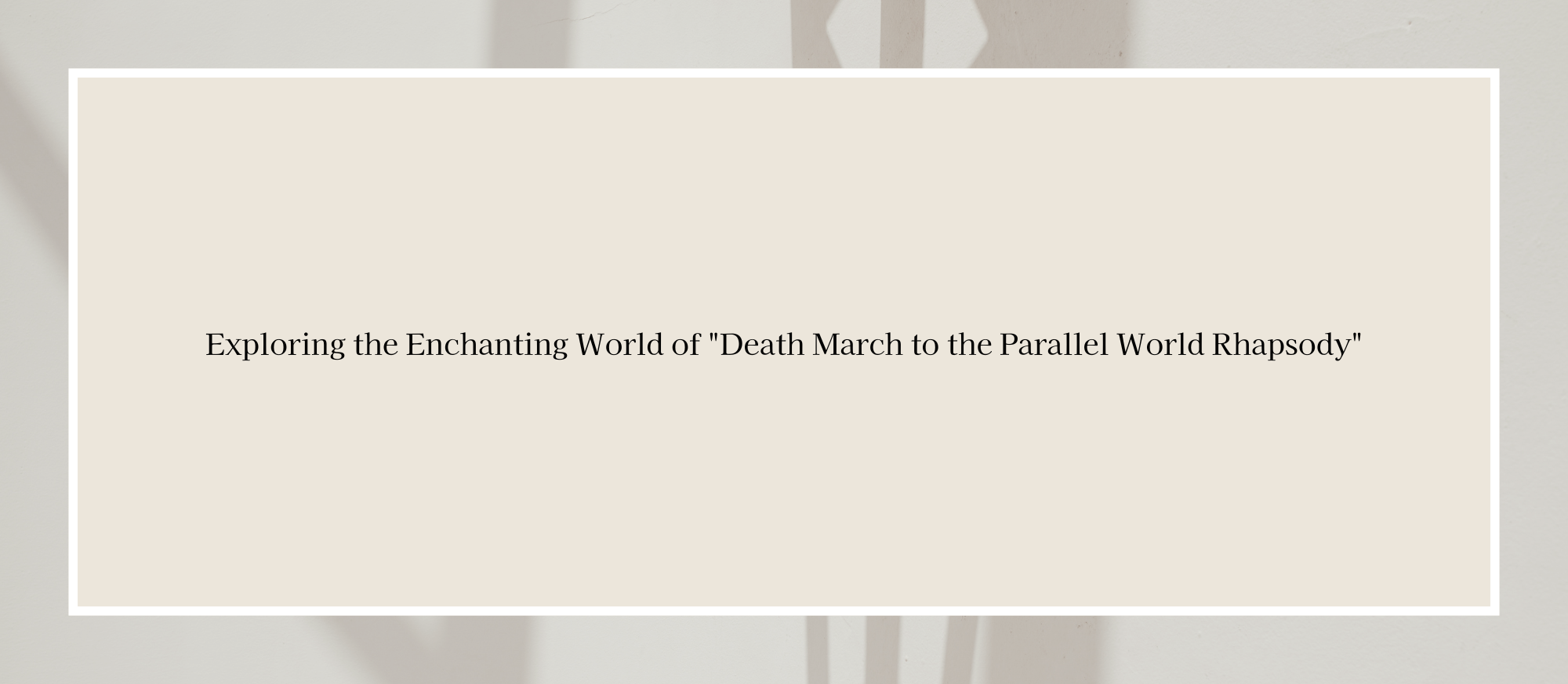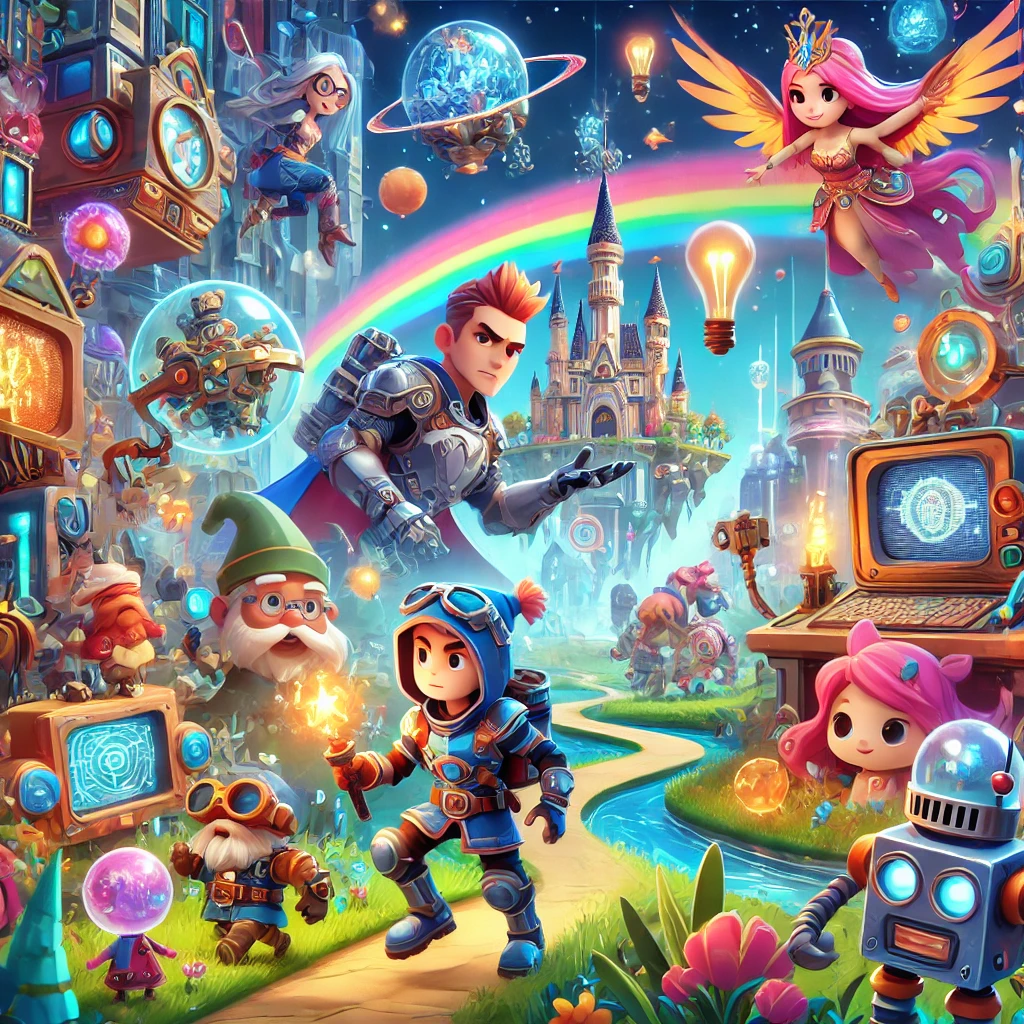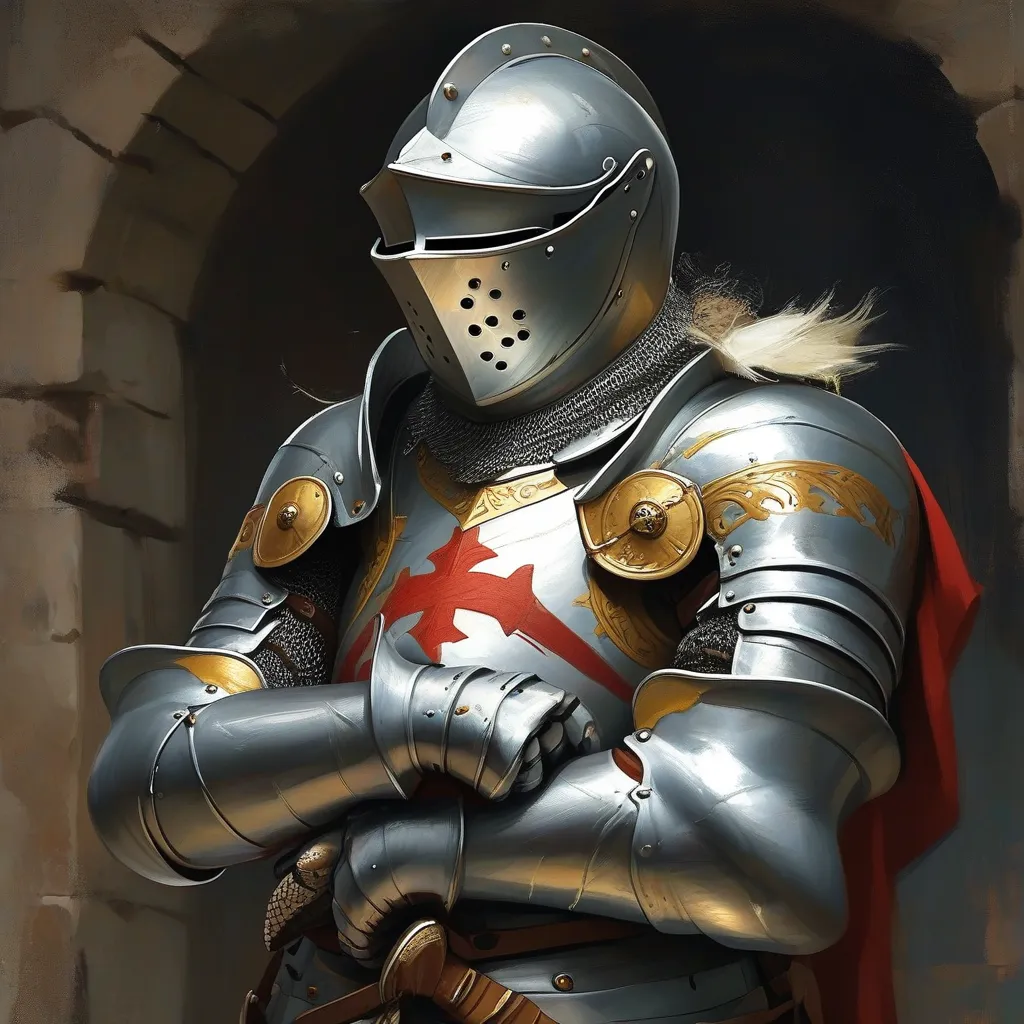Article Structure:
- Introduction to "Death March to the Parallel World Rhapsody"
- Overview of the anime's premise and setting
- Brief introduction to the main storyline and the concept of parallel worlds
- Mention of the series' origins and its adaptation from the light novel
- Main Characters and Their Roles
- Detailed descriptions of key characters such as Satou, Zena, and Pochi
- Exploration of their backgrounds, motivations, and relationships
- Analysis of supporting characters and their contributions to the storyline
- Plot Highlights and Key Episodes
- Summary of major plot points and story arcs
- Discussion of key episodes that define the series
- Exploration of significant moments and their impact on the characters and overall narrative
- Themes and Symbolism
- Discussion of major themes such as adventure, friendship, and self-discovery
- Examination of how these themes are portrayed through the characters' experiences
- Analysis of the symbolism used in the series to enhance storytelling
- Reception and Future Prospects
- Summary of the series' reception by audiences and critics
- Discussion on the cultural impact of "Death March to the Parallel World Rhapsody" and its contribution to the isekai genre
- Speculation on potential future seasons or adaptations based on the current storyline
Contents
- 1 Introduction to "Death March to the Parallel World Rhapsody"
- 2 Main Characters and Their Roles in "Death March to the Parallel World Rhapsody"
- 3 Plot Highlights and Key Episodes in "Death March to the Parallel World Rhapsody"
- 4 Themes and Symbolism in "Death March to the Parallel World Rhapsody"
- 5 Reception and Future Prospects for "Death March to the Parallel World Rhapsody"
- 6 Supervisors
Introduction to "Death March to the Parallel World Rhapsody"

"Death March to the Parallel World Rhapsody" is a fascinating isekai anime that transports viewers into a vibrant, magical world. The story begins with Satou, a seasoned programmer, who finds himself mysteriously transported to a parallel world during a grueling work session, referred to as a "death march." This new world, filled with fantastical creatures, magic, and adventure, offers Satou an unexpected fresh start.
In this alternate reality, Satou discovers that he has gained extraordinary abilities, making him one of the most powerful beings in the realm. The narrative follows his journey as he navigates this unfamiliar terrain, uncovering the secrets of the world while making new friends and allies. Satou's adventures range from battling fierce monsters to exploring ancient ruins, all while trying to maintain a low profile to avoid unnecessary attention.
The anime's premise revolves around the concept of parallel worlds, a popular theme in the isekai genre. This narrative device allows for a blend of familiar and fantastical elements, creating a unique setting where modern sensibilities meet medieval fantasy. Satou's knowledge from his previous life as a programmer often comes in handy, allowing him to solve problems and navigate challenges in innovative ways.
"Death March to the Parallel World Rhapsody" is based on a light novel series written by Hiro Ainana and illustrated by shri. The light novels quickly gained popularity, leading to the creation of a manga adaptation and, subsequently, the anime series. The anime faithfully adapts the source material, bringing the richly detailed world and its inhabitants to life with vibrant animation and engaging storytelling.
The series has garnered a significant following, praised for its light-hearted approach to the isekai genre while still delivering moments of tension and excitement. Fans appreciate the balance of adventure, humor, and the occasional touch of romance, all set against a backdrop of beautiful, otherworldly landscapes.
In conclusion, "Death March to the Parallel World Rhapsody" offers an enchanting escape into a parallel world where adventure awaits at every turn. With its engaging storyline, well-developed characters, and the intriguing concept of parallel worlds, this anime continues to captivate audiences. Whether you are a longtime fan of the isekai genre or new to these types of stories, "Death March to the Parallel World Rhapsody" promises a delightful and immersive viewing experience.
Main Characters and Their Roles in "Death March to the Parallel World Rhapsody"

In "Death March to the Parallel World Rhapsody," the characters are pivotal in bringing the magical world to life, each contributing uniquely to the storyline. Let's delve into the key characters and their roles, exploring their backgrounds, motivations, and relationships, as well as the supporting cast's impact on the narrative.
Satou (Ichirou Suzuki)
The protagonist of the series, Satou, originally known as Ichirou Suzuki, is a 29-year-old game programmer who finds himself transported to a parallel world. After a mysterious event during a "death march" at work, he wakes up in this fantastical realm with the appearance and energy of a younger version of himself. Satou quickly discovers he has gained powerful abilities, making him one of the strongest beings in the world. His primary motivation is to explore this new world while finding a way back home. Satou is kind-hearted and often goes out of his way to help others, forming deep bonds with those he meets on his journey.
Zena Marientail
Zena is a sergeant in the Seiryuu City army and one of the first people Satou encounters in the parallel world. She is courageous, skilled in magic, and has a strong sense of justice. Zena quickly becomes an ally and close friend to Satou, and there are hints of a budding romantic interest between them. Her background as a soldier and her commitment to protecting her city often place her in dangerous situations, showcasing her bravery and dedication.
Pochi
Pochi is one of the three beastkin slaves Satou frees early in the series. She is a young dog beastkin who, despite her traumatic past, remains cheerful and loyal. Pochi looks up to Satou as a protector and father figure, often expressing her gratitude through her unwavering loyalty and adorable antics. Her innocence and enthusiasm bring a sense of warmth and humor to the group dynamics.
Supporting Characters
The supporting characters in "Death March to the Parallel World Rhapsody" add depth and complexity to the story. They include:
- Liza and Tama: Alongside Pochi, Liza and Tama are the other two beastkin slaves Satou rescues. Liza, a lizardkin, is skilled in combat and serves as the group's primary fighter. Tama, a cat beastkin, is playful and agile, often providing comic relief while proving to be an adept scout.
- Arisa and Lulu: Arisa is a former princess who retains her memories of a previous life in Japan, making her one of the few characters aware of Satou's origins. She possesses powerful psychic abilities and becomes a key strategist in the group. Lulu, Arisa's cousin, is initially reserved due to her past but gradually opens up, revealing her caring and gentle nature.
- Nana: An autonomous golem, Nana is part of Satou's growing entourage. She is a formidable fighter with a developing sense of individuality and emotions, adding a unique dynamic to the team.
Each supporting character plays a crucial role in advancing the plot and enriching Satou's experiences in the parallel world. Their diverse backgrounds and unique abilities contribute to the group's strength and cohesion, allowing them to face various challenges together.
In conclusion, the characters of "Death March to the Parallel World Rhapsody" are well-crafted and integral to the anime's appeal. Their relationships, growth, and individual contributions make the story engaging and memorable, captivating fans of the isekai genre. Through their interactions and adventures, viewers are drawn into a richly detailed world where every character's journey adds to the overall tapestry of the narrative.
Plot Highlights and Key Episodes in "Death March to the Parallel World Rhapsody"

"Death March to the Parallel World Rhapsody" is an engaging isekai anime that captivates viewers with its exciting plot points and story arcs. This section provides a summary of major plot points, discusses key episodes that define the series, and explores significant moments and their impact on the characters and overall narrative.
Summary of Major Plot Points and Story Arcs
The anime follows the adventures of Satou, a 29-year-old game programmer who finds himself transported to a parallel world while on a "death march" at work. Satou discovers that he has gained immense power and abilities in this new world, which he initially perceives as a game. The series revolves around his exploration of this world, his efforts to understand its mechanics, and his encounters with various characters and challenges.
One of the major story arcs involves Satou's quest to free enslaved beastkin children, leading to the formation of a close-knit group comprising characters like Pochi, Tama, and Liza. Their journey takes them through various regions, encountering monsters, uncovering secrets, and facing powerful adversaries.
Another significant arc focuses on Satou's interactions with the local nobility and the political intrigue that follows. His diplomatic skills and problem-solving abilities are put to the test as he navigates complex relationships and uncovers deeper conspiracies.
Discussion of Key Episodes that Define the Series
Several key episodes stand out in "Death March to the Parallel World Rhapsody," defining the series and leaving a lasting impact on viewers:
- Episode 1 - "The Catastrophe That Started with a Death March": This episode sets the stage for the series, introducing Satou and his sudden transition to the parallel world. It highlights his initial confusion, discovery of newfound powers, and first encounters with this new reality.
- Episode 3 - "Love That Started with a Death March": Satou's heroic act of rescuing enslaved beastkin children showcases his compassion and sets the foundation for his party. This episode emphasizes themes of friendship and loyalty.
- Episode 6 - "City Defense That Started with a Death March": This episode features a significant battle to defend a city from a monster attack. It highlights Satou's strategic thinking and the group's growing camaraderie as they work together to protect their new home.
- Episode 9 - "Deeply Held Beliefs That Started with a Death March": Satou's interactions with the nobility and his efforts to resolve conflicts diplomatically are central to this episode. It explores themes of justice and morality.
- Episode 12 - "A Trip to Another World That Started with a Death March": The season finale wraps up key plot points while setting the stage for future adventures. It underscores Satou's commitment to his friends and his ongoing quest for knowledge.
Exploration of Significant Moments and Their Impact on the Characters and Overall Narrative
Significant moments in the series often revolve around character development and the strengthening of bonds within Satou's group. The rescue of the beastkin children is a pivotal moment, as it brings together the core members of Satou's party and establishes their shared goal of seeking freedom and safety.
Another impactful moment is Satou's decision to protect the city from a monster invasion. This event not only solidifies his role as a protector and leader but also demonstrates the group's ability to work cohesively under pressure. The battle scenes are intense and highlight the importance of strategy and teamwork.
Satou's diplomatic endeavors with the nobility reveal his depth as a character, showcasing his intelligence and moral compass. These interactions often lead to revelations about the world's political landscape and hint at larger conspiracies that Satou must eventually confront.
In conclusion, "Death March to the Parallel World Rhapsody" is enriched by its well-crafted plot highlights and key episodes. The series masterfully blends action, adventure, and character-driven storytelling, making it a must-watch for fans of the isekai genre. Through significant moments and evolving story arcs, viewers are drawn into Satou's journey and the fascinating world he navigates.






